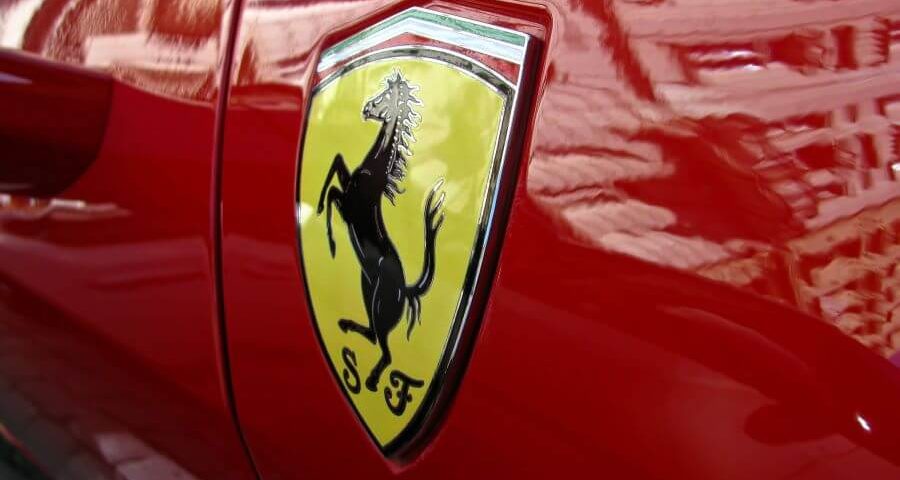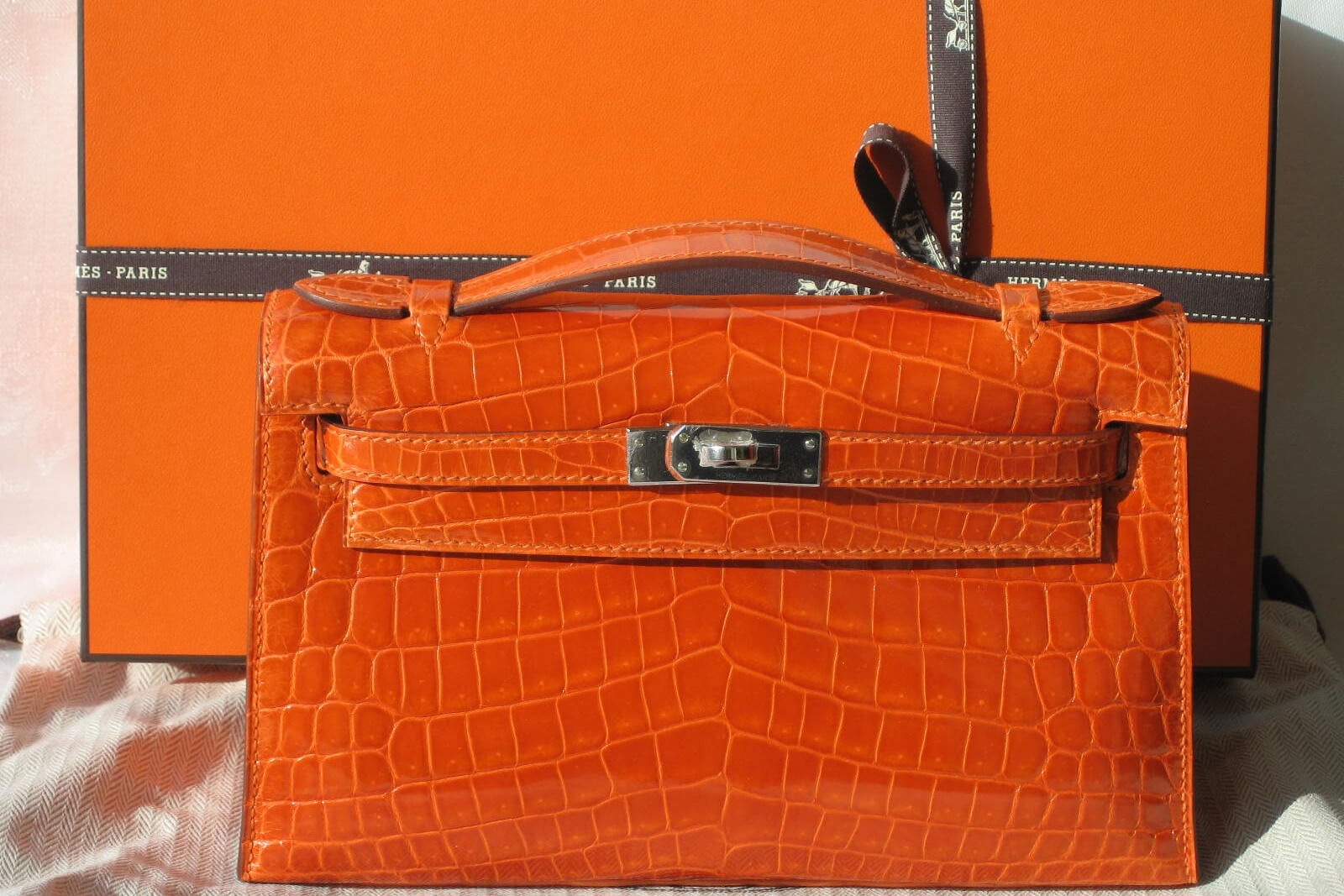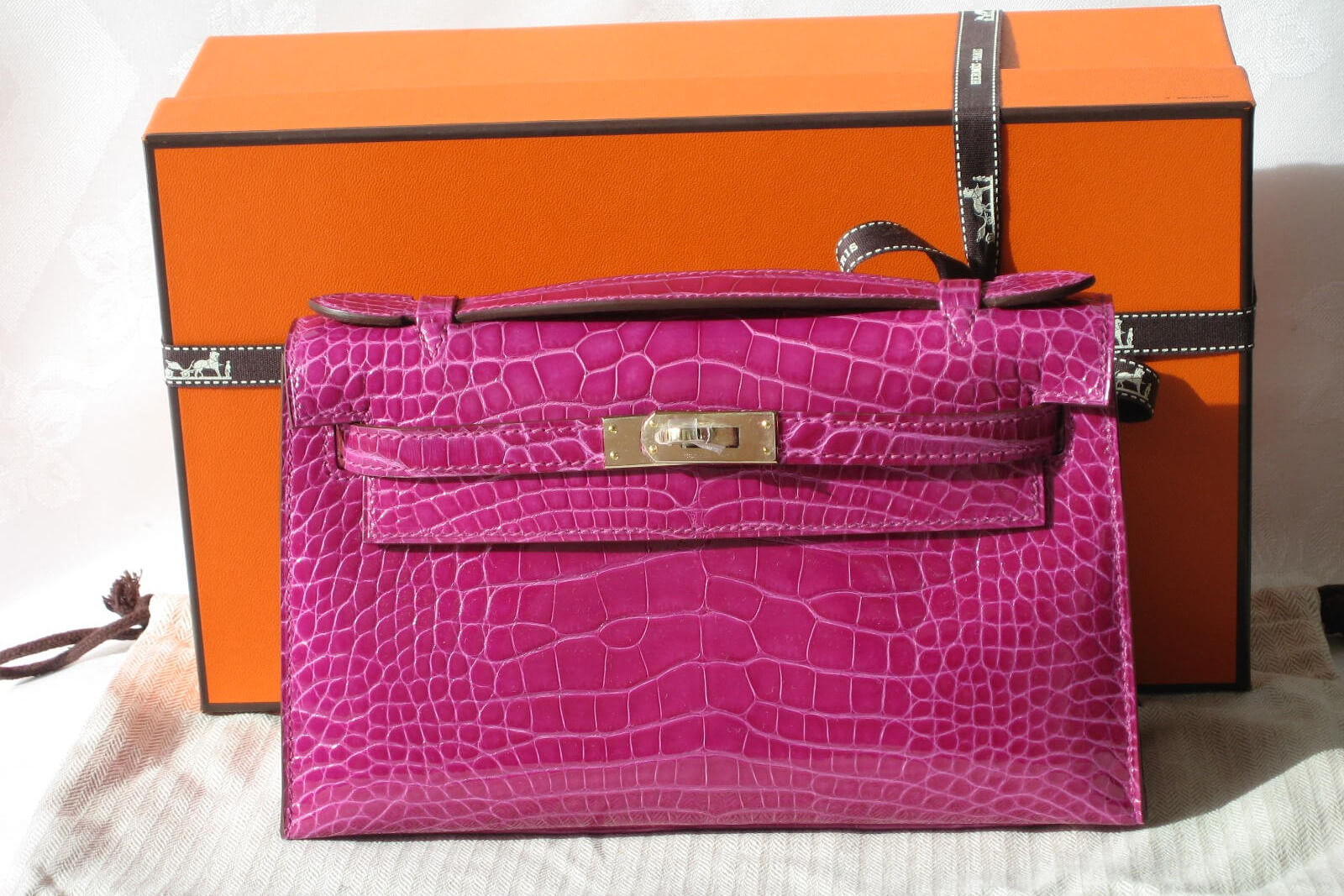Are you trying to figure out how long it takes to build a Ferrari? Our guide right here covers the key things you need to know.
The most expensive car ever bought at auction was a Ferrari. In 2018, a Ferrari 250 GTO sold at RM Sotheby’s for a record $48.4 million. Another 250 GTO sold for $70 million in a private sale that same year.
Part of that value comes from how rare these cars are. Ferrari only made 36 of the 250 GTOs. With such small production numbers, and how well-engineered the cars are, it’s no surprise that new cars are not streaming off the line.
In other words, it takes a while to build a Ferrari, but the wait is definitely worth it.
The Assembly Process
Overall, Ferrari produces more than 10,000 cars a year. For comparison, Ford sold 5.9 million cars and trucks in 2018. That difference means Ferrari employees can take their time with each car.
A typical, mass-market Ferrari (if there is such a thing) takes around three weeks to assemble. Notably, that doesn’t include the time to build all the components. If you include all the manufacturing time, it takes about three months.
To put that in perspective, Toyota estimates that it can produce a well-appointed truck or SUV in about 18 hours. It takes so much longer to produce a Ferrari because of their hands-on assembly process and focus on performance.
Some processes are automated, but only when extreme precision is required. Two robots, Romeo and Juliet, fuse the valve seats for the engines since it is impossible for humans to be accurate enough.
Beyond those processes, most of the work is done by hand. For example, workers still hand-stitch the leather upholstery to make sure it meets the company’s standards.
V-8 cars spend 30 minutes at each of 30 assembly stations, while V-12 cars spend an hour at each station. In fact, all the V-12 engines are assembled by a single engine technician. He or she follows it to each station and is solely responsible for completing it.
Customization Adds to the Wait Times
Ferrari offers a Tailor Made Programme that lets customers choose the specific details of their Ferrari. They can pick custom trims, interiors, tires, and other details to create a custom car.
Of course, all this personalizing takes time. It’s much more difficult to make something bespoke than to mass-produce a single item. Clients can wait as long as 2 years to get a custom car.
If you want something really unique, you might have to wait even longer. The waitlist for the most unique cars, the one-off models, can run as long as 5 years. After that, Ferrari still has to build it.
A typical one-off takes around 18 to 24 months to build. Some can take even longer. For example, Ferrari spent about three years building the P80/C, which was the longest development time for any one-off up to that point.
Most people, though, will never have to wait that long for a one-off model, mostly because only a select few Ferrari clients have the chance to buy one. Ferrari only offers these exclusive models to their top customers, and only produces two or three such cars a year.
These lucky customers not only get a unique car but can work with designers at the company as part of the process.
Why Does It Take So Long to Build A Ferrari?
Obviously, building the best car possible is a long process. Ferrari takes its time to ensure good quality control. That, along with incredible speed, is part of what separates a Ferrari from a Ford Focus.
For instance, the Ferrari factory includes its own foundry where workers cast molten metal into engine parts. It would probably be cheaper, faster, and easier to just buy these parts, but by doing it themselves Ferrari can ensure the parts are high-quality.
After casting the engine parts, employees then hand-finish them, which also adds time to the process. The crankshaft alone takes 25 days to manufacture, which makes sense considering how integral the crankshaft is to the engine (and how fast a Ferrari goes).
Still, Ferrari might be able to speed up production by hiring more workers or expanding the factory. After all, unlike at other car factories where two or even three shifts run to keep pace with demand, there is only one shift at the Ferrari factory.
Ferrari keeps production low in order to maintain exclusivity: there are more people who want a Ferrari than can actually buy them.
This exclusivity drives up demand and value. People generally assume that something that is rare must be valuable. Likewise, all this demand creates social proof for the desirability of the car.
By producing fewer cars, Ferrari ensures the cars it does produce continue to serve as status symbols. They are markers of sophistication, taste, and status.
Ferrari has very specific rules for who can purchase their cars for the same reason. To buy a new Ferrari from the company, you need to agree, among other things, that you won’t:
- Sell it within a certain time
- Sell it without letting Ferrari know
- Modify it or tamper with the engine
- Paint it pink
- Hide the logo
This is all in addition to passing a deep background check so Ferrari can guarantee you are the sort of person they want to join such an exclusive club.
Worth the Wait
No matter how long you have to wait, in the end you still have a Ferrari. Waiting all that time it takes to build a Ferrari might even make it that much sweeter when you get it.
Of course, you can always bypass that wait by letting someone else find the perfect Ferrari for you. Browse our list of luxury and classic cars to find exactly what you’re looking for, all without sitting on a waitlist.















